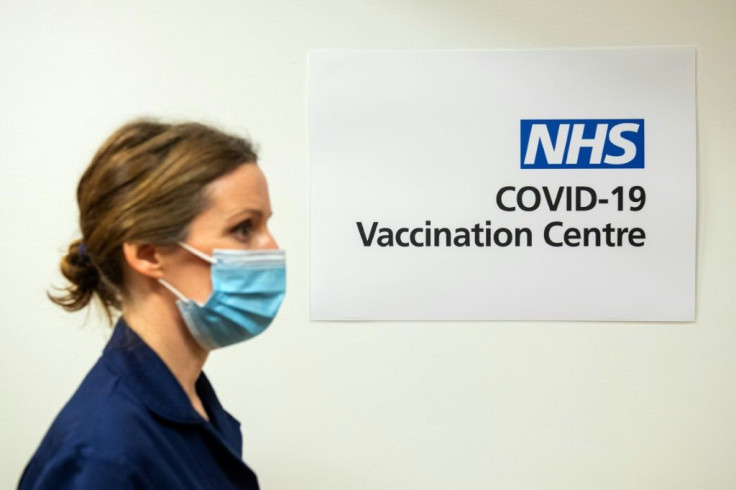Is The U.S. Behind The Curve On A COVID-19 Vaccine?
KEY POINTS
- The first public vaccines were delivered Tuesday in the U.K.
- Distribution alone in the U.S. could take months
- The U.S. government could issue an authorization for a vaccine as early as this week
The first doses of a COVID-19 vaccine were distributed on Tuesday in the U.K., but the U.S. could see bottlenecks in widespread distribution, health experts have warned.
The British government issued an emergency use authorization for the Pfizer/BioNtech vaccine for COVID-19 on Dec. 2 with British Prime Minister Boris Johnson calling it "a momentous step" forward. Emergency use authorization for a COVID-19 vaccine could be issued in the U.S. as early as this week, but stateside immunizations may not follow as quickly as it did overseas.
Peter Hotez, a virologist at the National School of Tropical Medicine at the Baylor College of Medicine, told Politico that the Pfizer/BioNtech vaccine, as well as the one from Moderna, might not be enough. “We’re going to need four or five different vaccines,” he said.
The publication also noted the "strong international demand" for the vaccine as well as the required two doses per person could affect the already "scarce supply."
The New York Times on Monday reported that the U.S. government missed out on the chance to get up to 400 million additional doses of the Pfizer/BioNTech vaccine, raising concerns about its ability to handle the pandemic. The U.S. task force dealing with vaccines, Operation Warp Speed, denied those reports.
Speaking on CNBC, Scott Gottlieb, the former commissioner of the Food and Drug Administration and now a member of the Pfizer board, clarified that the government may have turned down the option to buy more vaccines from Pfizer because more than one vaccine would be used to immunize against COVID-19.
Pfizer board member @ScottGottliebMD on the report US declined to purchase additional doses: "$PFE did offer an additional allotment coming out of that plan ... multiple times and as recently as after the interim data came out and we knew this vaccine looked to be effective." pic.twitter.com/VFC4evF8Ay
— Squawk Box (@SquawkCNBC) December 8, 2020
To date, the U.S. is said to have reserved around 800 million doses of the inoculation from several manufacturers. Last week, Dr. Moncef Slaoui, the chief advisor for the task force, said as many as 20 million vaccines could be available this month, followed by 60 million doses in January 2021 and another 100 million doses by February.
''So between mid-December and the end of February, we will have potentially immunized 100 million people, which is really more or less the size of the significant at-risk population," he said in a statement. Those deemed at risk include the elderly, health care workers, and first-line workers.
Still, Politico reports that most U.S. residents may not see a vaccination available to them until spring or early summer.
Krishna Udayakumar, the founding director of the Duke Global Health Innovation Center, said most of the vaccine scenarios assessed globally are based on “a best-case scenario.” According to her findings, delivering the doses already ordered could take as long as six months.
The race for a vaccination is a crowded one. This week alone, Moderna signed agreements with Canada and Switzerland for a total of 47.5 million doses.

© Copyright IBTimes 2025. All rights reserved.





















